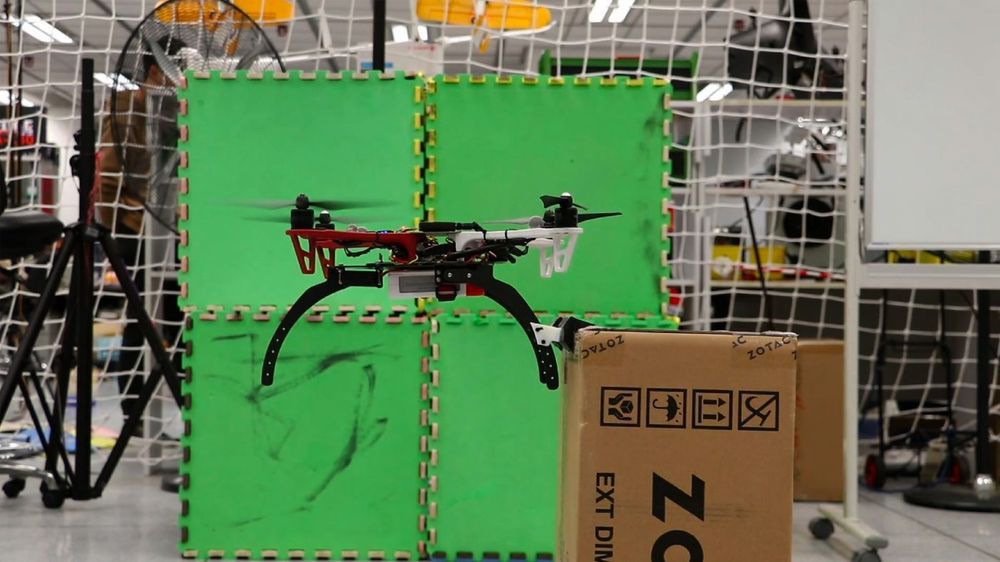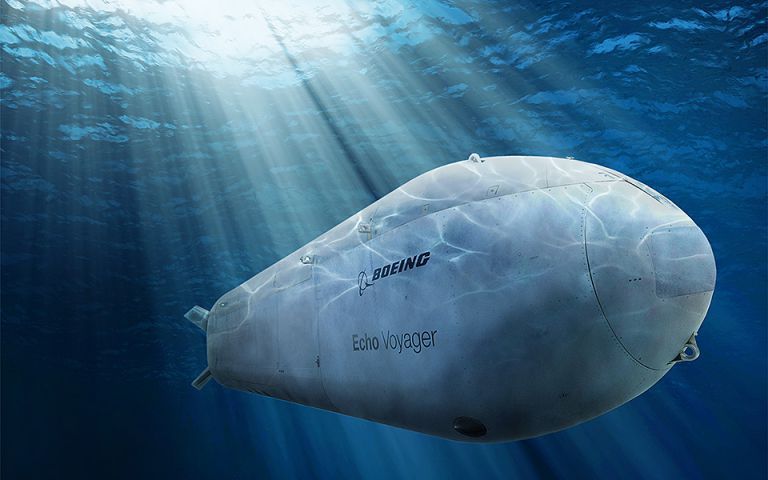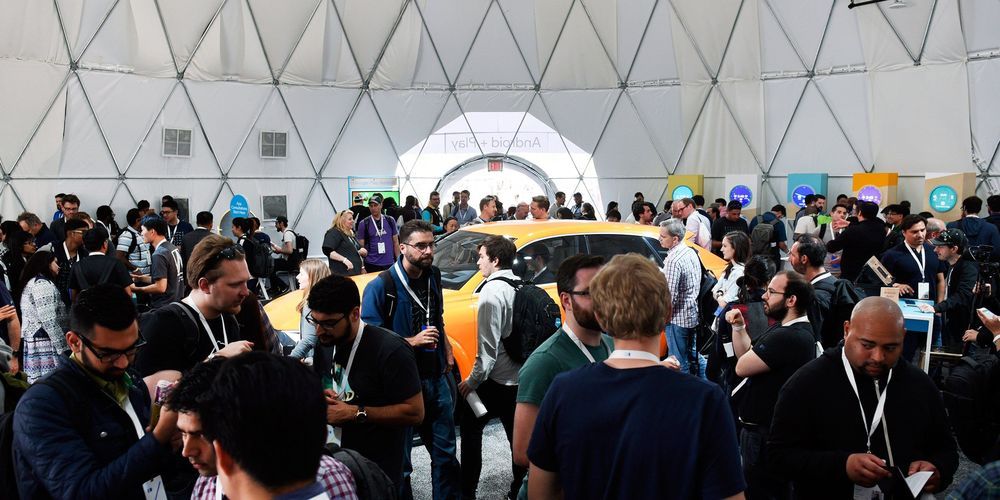Chatting with Cortana is going to sound a lot more natural soon.
Category: robotics/AI – Page 2,315

McDonald’s Is Installing AI-Powered Kiosks to Predict Your Order
In the future, your local fast food joint might know your order before you even get to the drive-thru window.
Fast food giant McDonald’s has installed AI-powered kiosks in 700 of its restaurants during an initial trial period. The menus are capable of suggesting menu items that sell best depending on the time of day, the weather, or that are currently trending — think ice cream on hot summer days — as well as add-on items depending on your current order.
It’s a glimpse of a future in which AI does substantial legwork in food service — but also one in which human cashiers could become obsolete.

Estonia is Building a “Robot Judge” to Help Clear Legal Backlog
The Estonian Ministry of Justice has officially asked Ott Velsberg, the country’s chief data officer, to design a “robot judge” to take care of a backlog of small claims court disputes, Wired reports.
The artificial intelligence-powered “judge” is supposed to analyze legal documents and other relevant information and come to a decision. Though a human judge will have an opportunity to revise those decisions, the project is a striking example of justice by artificial intelligence.
Chrome Beta 75 improves dark theme, lets web apps share files, and more [APK Download]
Chrome 74 was released only a few days ago, which means v75 has moved up to the Beta Channel. This release doesn’t have any drastic changes, but it does continue to improve the dark theme, and there are some fancy new APIs that web apps can use.
Dark theme changes
Chrome 75 includes a few changes to the dark theme that first arrived in Chrome 74, though you still have to activate the #enable-android-night-mode flag to try it out. The settings menu for it has been changed from ‘Dark mode’ to ‘Themes,’ and you can now force light mode to be on at all times (even when the system itself is in dark mode).



Navy’s Giant New Robot Sub Will Prowl Ocean For Months Autonomously
The Navy just awarded Boeing a contract to build a giant robot submarine, called the Orca Extra-Large Unmanned Undersea Vehicle, which it says will prowl the depths of the ocean autonomously for months at a time.
The U.S. Naval Institute says the sub will be used for “mine countermeasures, anti-submarine warfare, anti-surface warfare, electronic warfare and strike missions.”

Watch the Google I/O 2019 Keynote Right Here
Do you hear that? It’s the sound of Google executives practicing their lines ahead of Google I/O. The company’s annual developer conference in Mountain View, California, kicks off this Tuesday. The three-day event gives Google a chance to show off its latest work and set the tone for the year to come.
Can’t make it to the Shoreline Amphitheater? You can watch the entire keynote on the event page or on the Google Developers YouTube channel. It begins at 10 am PT (1 pm ET) on May 7 and should last for about 90 minutes. We’ll liveblog the whole thing here on WIRED.com.
Google I/O is technically a developer’s conference, and there should be plenty of talk about all the fun things developers can build using Google’s latest tools. But it’s also an opportunity to get consumers excited about what’s cooking in Mountain View. Last year, the company used the conference to debut its “digital wellness” initiative and a suite of new visual search tools for Google Lens. It also introduced Duplex, the eerily realistic AI assistant that can make dinner reservations and schedule haircuts like a human would.

AI can detect depression in a child’s speech
A machine learning algorithm can detect signs of anxiety and depression in the speech patterns of young children, potentially providing a fast and easy way of diagnosing conditions that are difficult to spot and often overlooked in young people, according to new research published in the Journal of Biomedical and Health Informatics.
Around one in five children suffer from anxiety and depression, collectively known as “internalizing disorders.” But because children under the age of eight can’t reliably articulate their emotional suffering, adults need to be able to infer their mental state, and recognise potential mental health problems. Waiting lists for appointments with psychologists, insurance issues, and failure to recognise the symptoms by parents all contribute to children missing out on vital treatment.
“We need quick, objective tests to catch kids when they are suffering,” says Ellen McGinnis, a clinical psychologist at the University of Vermont Medical Center’s Vermont Center for Children, Youth and Families and lead author of the study. “The majority of kids under eight are undiagnosed.”